When starting out with a new camera system, such as the very popular Fuji X range, it’s not the choice of camera than causes the most heartache. Deciding which lenses to buy tends to cause the most soul searching and things can get complicated. Focal length, maximum aperture, size, the presence of weather resistance, all are factors that must be taken into account.
There is any number of useful articles available to help guide your choice. But I have found one comprehensive review (see below) of the 13 best Fujinon lenses that gives a succinct overview and star rating. For newcomers it’s a good place to start. I don’t think Fuji makes a bad lens and you’ll have fun deciding just what works best for you.
My tip is not to overlook one of my favourite Fuji X-System lenses, the XF 56mm f/1.2 APD, a stunning, ultra-fast portrait prime than can be effective also for street and event photography. With its 85mm 35mm-equivalent reach, this is one optic you really should have in your bag. The accompanying pictures were all taken by me with the earlier XF 56mm f/1.2 (non-APD or anodised filter) and the Fuji X-T1. I think they amply illustrate the capabilities of this lens and show why fast prime, with its wonderful ability to separate the subject and create entertaining bokeh, can delight
William’s choice
It’s wise always to take a second opinion. Our regular contributor William Fagan is a Fuji fan and he has his own views on the choice of lens. The 56mm f/1.2, he says, is ‘fast’ in light terms, but is slow to focus. It does produce wonderful results, however.
William’s top Fujifilm lenses would be as follows, in this order, with some comments. He says” “The differences in many cases are marginal and the relative positions could easily be reversed for some lenses. The focal lengths should be multiplied by 1.5 to find the equivalent in ‘real money’ ie as for 35mm film.”
- 16mm f/1.4 (outstanding in every way)
- 35mm f/2 (not far away from a 50mm Summicron)
- 23mm f/2 (close to the 35mm, but not quite as good)
- 23mm f/1.4 (lower than f/2 because of its bulk)
- 56mm f/1.2 (would be higher if it had faster focus)
- 10-24mm f/4 (as good as some Nikkor wide zooms I have had in the past)
- 50-140mm f/2.8 (would be higher if it were better at the short end — works well with 1.4 multiplier)
- 18-55 f/2.8-4 (very good for a kit zoom)
- 27mm f/2.8 (gives very good results from a very compact lens)
Says William: “These are just opinions based on results seen. I have not done any ‘scientific’ tests, as frankly life is too short for that sort of thing. All of the above lenses are in the range from very good to outstanding. Leica may produce a similar range of lenses for its CL/TL cameras in due course, but Fujifilm has considerably more resources and camera/lens making is only a very small part of what is a vast conglomerate.
And yet another Fuji picklist from The Photo Fundamentalist…
More XF 56mm f/1.2 shots
And finally, the small print…..
All photographs taken with the Fuji XF 56mm f/1.2 ©Mike Evans
Find the article here on ephotozine.com
______________

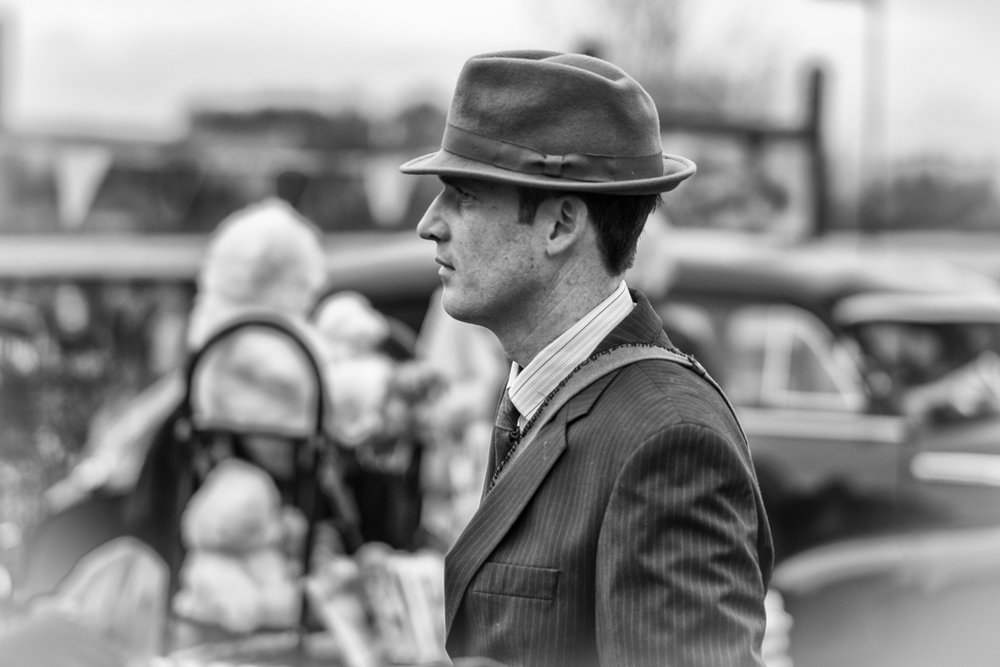
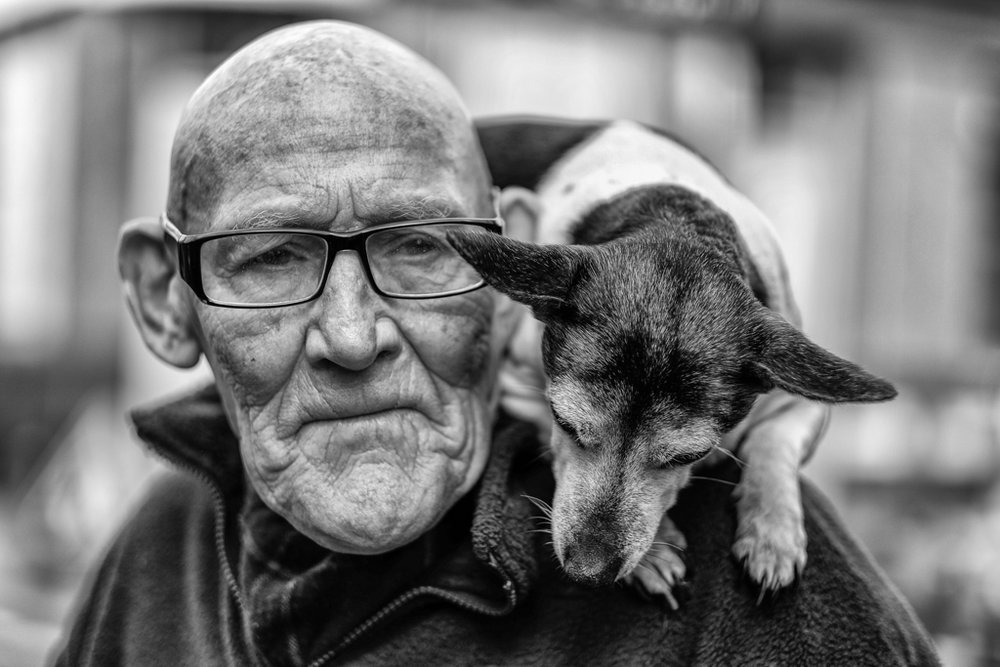
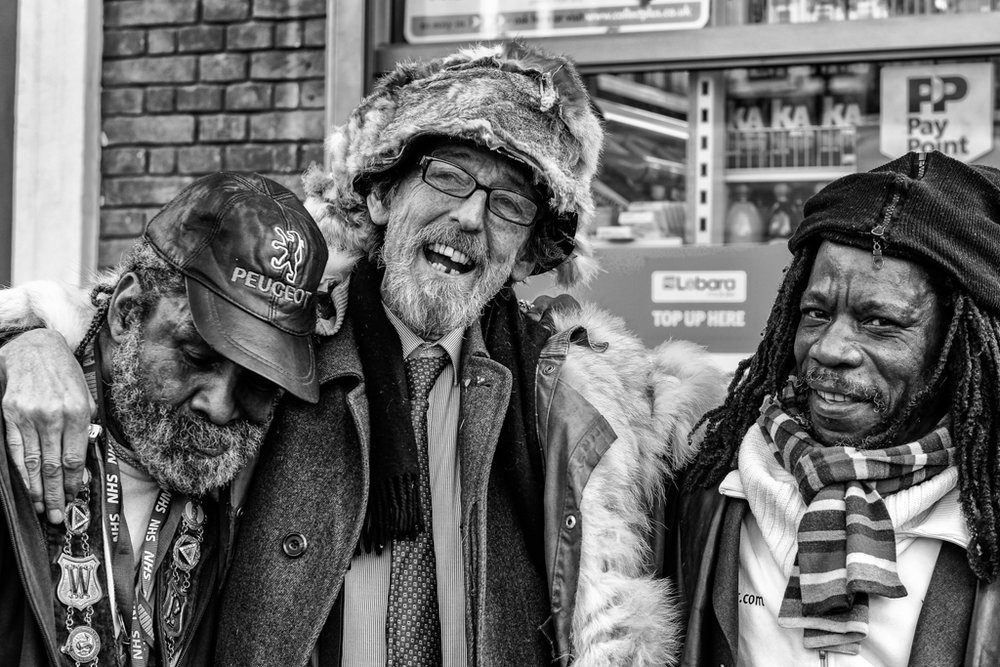
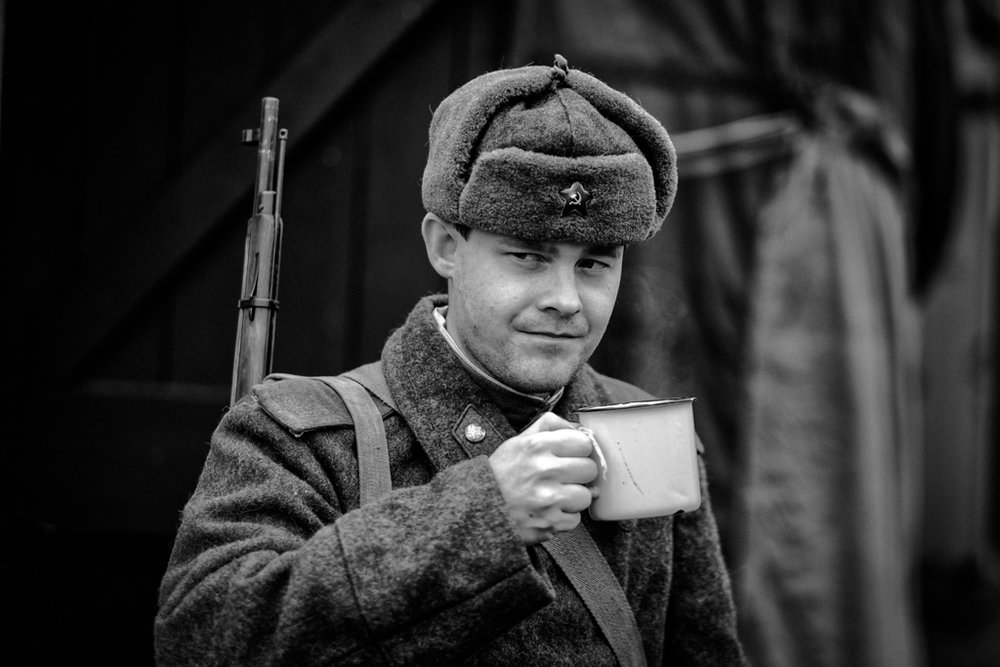
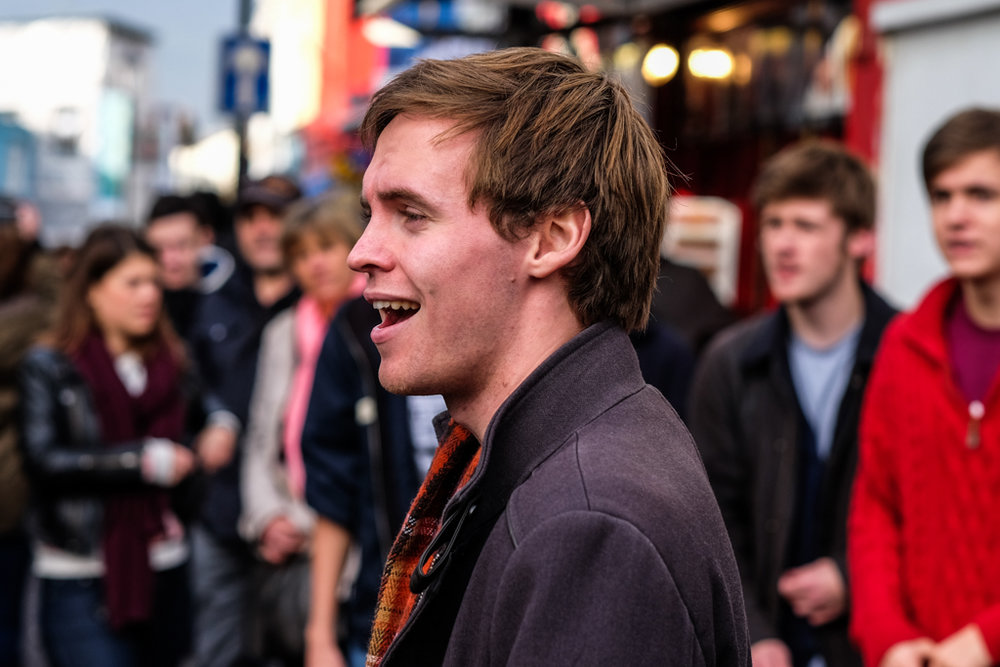
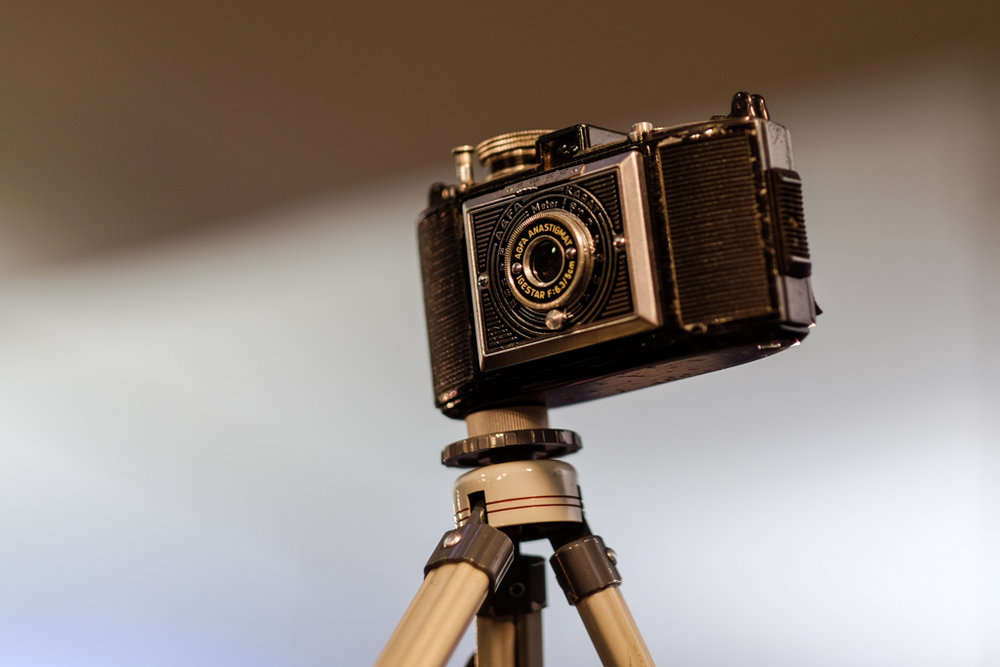
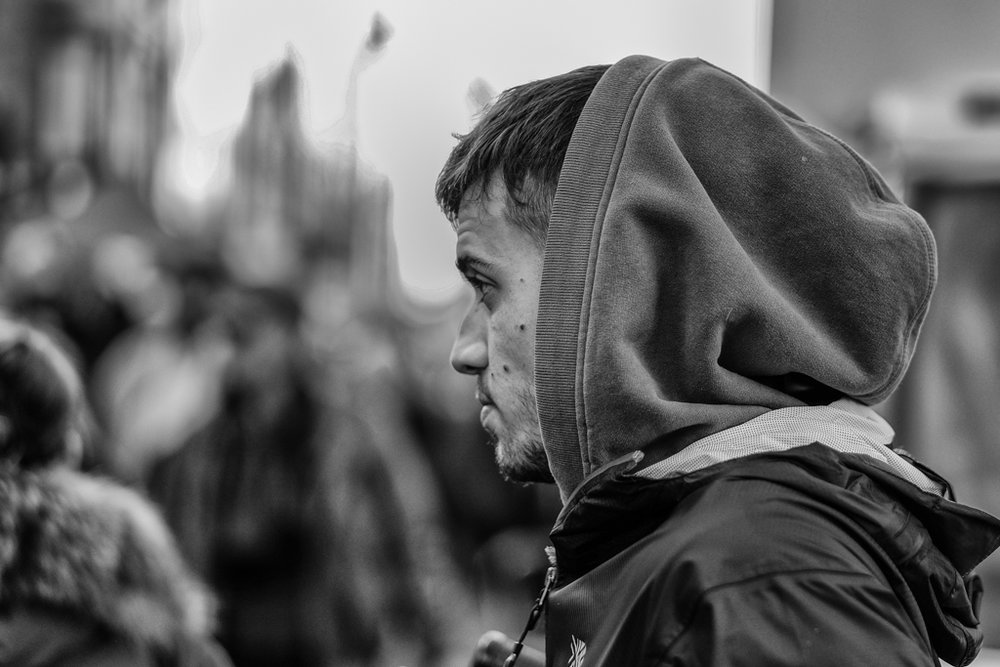
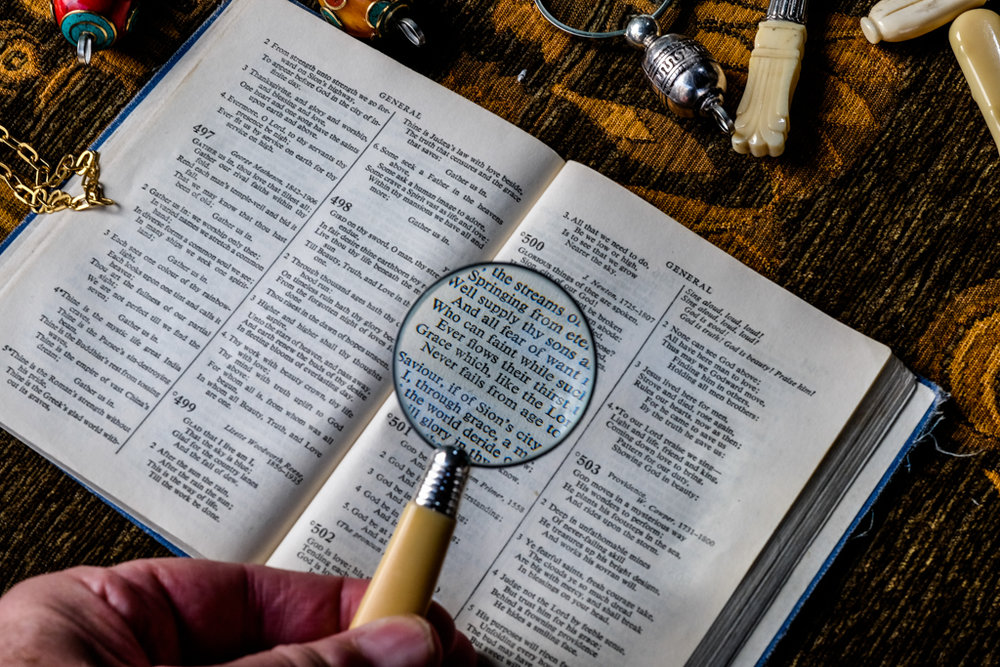
My personal favorites are the Fuji 23mm and 35mm (both the f/2 and the f/1.4 models) and the 14mm f/2.8. These focal lengths mirror the lenses I used when I shot with my film Leicas years ago–21mm, 35mm and 50mm.
The f/2 model 23mm and 35mm are permanently attached to a pair of XPro1 bodies where the size and narrow profiles do not interfere with the optical viewfinder and the AF speed gets the XPro1’s focusing into the "more than adequate for my purposes" department. I use the f/1.4 models on the XT1. In my observation, the f/1.4 models have an optical edge over the f/2 models. They are simply gorgeous lenses. Given the right subject and the right light, both the 23 f/1.4 and 35 f/1.4 can give sublime results.
The 14mm is also capable of superb results. It’s incredibly sharp at all apertures and it has minimal to zero distortion for a lens of this focal length. In B&W, it can render beautiful tones and the overall look (again with the right subject and light) can be breathtaking.
I’ve not used the 16mm. It’s too large to suit me. The size of the 23 f/1.4 is about as large as I’m willing to go. Now, if Fuji ever decides to build a 16mm f/2 model….
I agree that the 16mm is wonderful. If I was to leave the house with camera and one lens, the 16 would be my choice. It’s a shame that the 56 is so slow to focus though, especially in low light. I missed a great set of pictures in Cuba of a waiter and waitress dancing because the lens simply could not keep up with the moving subjects. Every shot was out of focus. I tried the 35/1.4 and it was no better.
The 16mm f1.4 Fujifilm lens is a remarkable lens, right up there with the best Nikkor and Leica lenses that I have used. When I was in Cuba in 2015 (see my article on this site) I used a Lumix LX 100 for indoor music and dance scenes. I tend to bring a well specced compact, such as the LX 100 (the Leica D-Lux is a copy of that camera), on holiday for such indoor scenes. I have not tried the 35mm f1.4 lens. See my comments to Wayne below.
William
The 56mm f1.2 is ‘fast’ in light terms, but is slow to focus. It does produce wonderful results, however. My top Fujifilm lenses would be as follows, in this order, with some comments. The differences in many cases are marginal and the relative positions could easily be reversed for some lenses. The focal lengths should be multiplied by 1.5 to find the equivalent in ‘real money’ ie as for 35mm film.
9 27mm f2.8 ( gives very good results from a very compact lens)
These are just opinions based on results seen. I have not done any ‘scientific’ tests, as frankly life is too short for that sort of thing. All of the above lenses are in the range from very good to outstanding. Leica may produce a similar range of lenses for its CL/TL cameras in due course, but Fujifilm has considerably more resources and camera/lens making is only a very small part of what is a vast conglomerate.
William
Interesting to see your personal list William. I keep a 35mm f1.4 firmly fixed on an xe-2s body. A week ago my daughter “iPhone snapshooter” just picked it up off the coffee table and took some lovely pics of her daughter. Camera was set on slow burst mode and I did notice that the first of the series was not quite yet in focus, but all subsequent were spot on. Hence, following questions 1. How do you feel the 35/1.4 and the 35/2 compare in image quality ? 2. You suggest the 35/2 “not far away from a 50mm Summicron”. In what way? Image, engineering, other? 3. Could the focus issue seen by Richard (above) been better handled by the apparently faster focussing 35/2? // Any insights appreciated.
I have not tried the 34 f1.4. The 35mm f2 has very fast and accurate focus and, unless you need f1.4, is more than sufficient for most needs. The reference to the Summicron is by way of a point of reference quality-wise. I don’t over-analyse images. It is a very well made lens, but its construction quality would not match that of the Leica lens, but then neither would the construction quality of most modern AF lenses, including ones made by Leica. In Leica M lenses I have Summilux and Summicron lenses at both 35mm and 50mm focal lengths, but I tend to use the Summicrons much more as I rarely use f1.4 and, of course, the Summicrons are lighter and more compact.
William
Thank you for reply William. I might consider flipping 35/1.4 for 35/2. Hhhmmm. Less bokeh, faster autofocus. Swings and roundabouts.
Keep 35 1.4 and buy a cheap and great 27 2.8,my two cents